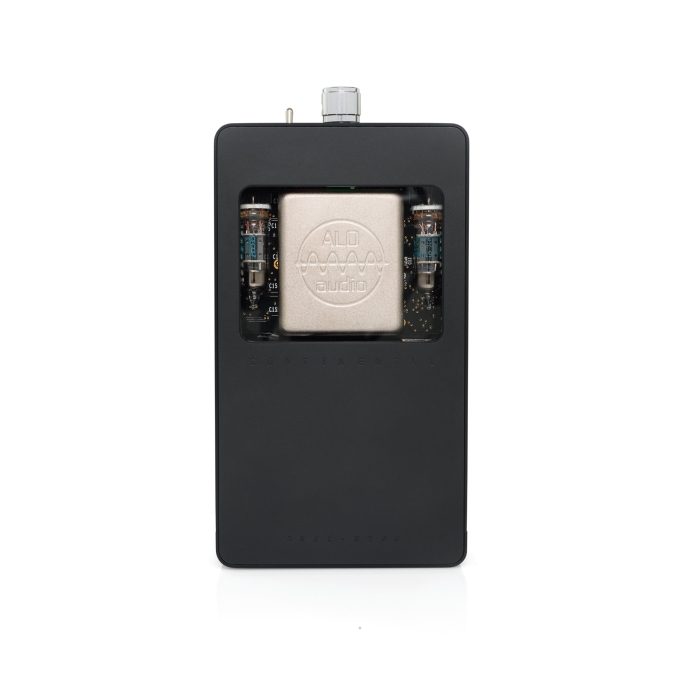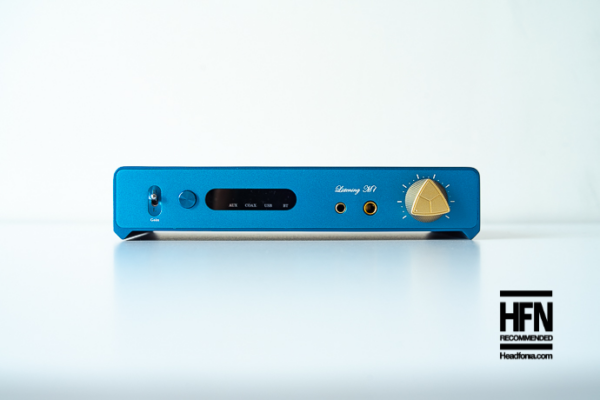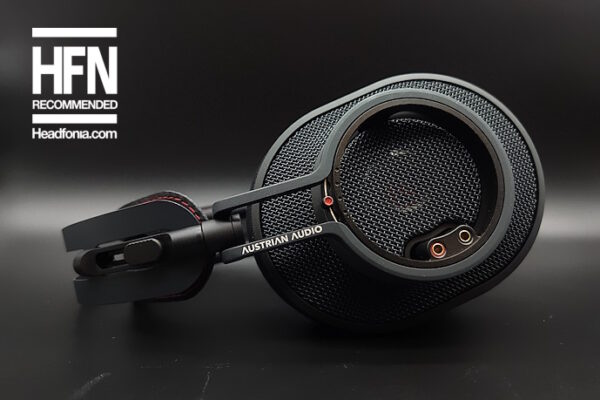Disclaimer: ALO Audio graciously supplied the ALO CDM for the purposes of this review, at no charge to me. You can find all about CDM here and here. It goes for 1.495,-$ USD. Lieven will be doing a Part 2 of the CDM review in a few weeks and there will also be a dedicated CDM tube article! Yay!
NOTE: I’ve not had time to shoot CDM yet. Fortunately, ALO Audio have great images. Still, I want to show it off next to a Ryuzoh-modded AK240, an iPhone 5, and maybe a Mukkuri.
The short version of this review goes like this:
CDM is awesome.
CDM is beautiful.
CDM puts the Continental line back on top.
Way to go ALO Audio.
If you trust the above outburst, have the dosh, are into valves and brands worth their salt, and you want to roll some tubes, but can’t try it out, take my word for it: CDM is worth it. If you want some proof, keep reading.
It is obvious to both these eyes and these ears that ALO Audio target customers that care for the small things. It takes three seconds to tell that ALO went to great lengths to get CDM right, not just good enough. It is a damn near-perfect valve amp/DAC.
BTW, before I get any further, I suggest you watch the below videos. (And someone fetch Ken a coffee.)
CDM Tube Rolling
CDM Disassembly
CDM follows the road first laid by the Pan Am, then widened and smoothed out by the Studio Six (HFN review; ohm-image review). That is: they want you to feel free to tinker a bit. Of course, unlike Pan Am and Studio Six, CDM requires you to be familiar with bolts, screw drivers, ESD wrist bands, and elbow grease. But you totally can change out valves, which is so damn cool.
Finish and Design
CDM’s 412 grams are spread like this: ~145mm length, ~83mm width, ~26mm height. 75mm-long punctured vents line both sides. Every exterior instructional and branding label is engraved, not painted. Both the 3,5mm in and out ports, along with the DC input port along its ass, stick out by the barest fractions of a millimeter from the chassis. The USB port and the 2,5mm TRRS ins and outs sit in shallow wells. A 65mm x 50mm Gorilla Glass window sees right into CDM’s soul, from which you can spy the glowing valves, the gently curved ALO Audio bonnet, and the battery.
Both pate and feet are gently blast-finished. Wrapping their lengths are two handsome 1mm-thick brushed fenders, bent into shape, and joined near CDM’s ass.
Usually, silver is less a Nathan thing than is black. But not here. The silver CDM better shows off the lengths to which ALO went to pretty-fy the CDM. Both versions share the same, perfectly aligned volume pot that doubles as the on/off switch.
The LED to its right indicates power state; the LEDs to its left indicate sample-rate frequencies or DSD input. The gain and input selector switches protrude far enough that standing CDM on its ass is near impossible.
While parts are sourced both locally and around the world, CDM is a MADE IN USA part. It shares the muscular, minimal, industrial design of the Studio Six.
In Use
CDM isn’t a typical portable amp. It gets real hot; I’d bet that it could set your trousers afire if you stuffed it down there. In fact, Ken Ball has posted a few use guidelines over a Head-fi. Heed the word. Second, because its inputs line the back, and its outputs the front, you’ll have cables running both ways, growing it by three or four centimeters all told. For all intents and purposes, it is a transportable amp, meant for desktop and hifi use.
Which is where I have it now. It is in front of me, connected via (gasp) the iPhone 6’s headphone output. I have my reasons:
1. When fed from line or amped analogue inputs, it gets better battery life.
2. I’m walking around my house, CDM in tow.
3. Today I don’t have a lot of room at the moment at the back of my iMac. Yesterday I did.
4. I’m listening through my old favorites: the Beyerdynamic DT880, whose signature I prefer to pair with less contrasty sources. Lo’ and behold, CDM is puts out smoother gradients when fed analogue signals.
By the way, I’ve averaged the results of complete battery run-downs: ~5,5 hours when running the DAC and spitting balanced output; ~7 hours when feeding from analogue inputs and spitting single-ended output.
If your source is a phone, make sure to put it in airplane mode. Every once in a while CDM will pick up a bleep two from the RF.
CDM comes with three elastic fastening bands, a 92cm-long USB cable, an accessory pouch, and a prong-exchangeable wall wart.
As long as you’ve got something that can spit USB signal, CDM is up and running from the first unbox.
Sound impressions after the jump on page 2 or by clicking here:








Jeff
I can already see you answering no but is there any chance for a comparison against the Hugo?
In my eyes, it’s absolutely necessary. They’re both meant to be portable (okay I know Hugo’s bigger), both are dac/amps, both have good feedback from various people, both are somewhat expensive, and I am personally curious as a Hugo owner since two weeks ago. Thank you.
Headfonia_L.
There will be a whole CDM vs Hugo comparison in Part 2 in several weeks (my review)
Jeff
Thanks for the quick reply. I guess I should have just shut up and waited haha.
Will be looking forward to it! 🙂
Tibor
Thanks! This must be amazing!
I just don’t get one thing, you said : If you’re into the more intimate sound of valves, my suggestion is to work the single-ended line inputs and outputs. If you’re into bite and verve, try USB and balanced…
Does it mean that valves are not it use while using USB and balanced out?
Or do I understand it wrong?
Thank you
Headfonia_L.
He’s saying the SE in-and outputs sound more like tubes
USB and balanced sound more like something else
Tibor
Yeah, so the tubes are always in use right? Thx
Headfonia_L.
of course
ohm image
Except when using the line output on the back.
ohm image
The only way to bypass the CDM’s valves is by using the line out. Utilising the USB DAC means that there will be more bite and noticeably more contrast to the music. Using the analogue line inputs there is way better/more detailed gradient fades from frequency to frequency.
Tibor
Yes, that was my understanding of it, I got just a little confused.
Thanks guys,so part 2 now please!
Headfonia_L.
I don’t even have the CDM yet, will be next month
Martin
battery life?
ohm image
I mentioned it in the article: around 5,5 using DAC and balanced; around 7 using amp single ended. YMMV.
Martin
thanks
Steven
Part 2 e.t.a?
Headfonia_L.
3 weeks
Eric Thompson
Bring back the $500 continental plz…..
ohm image
It certainly did jump up in price.
ohm image
Maybe not 500$, but the new V5 comes in at a lower price point and lacks a DAC.
s. zorin
But, is it a Class A amp ?